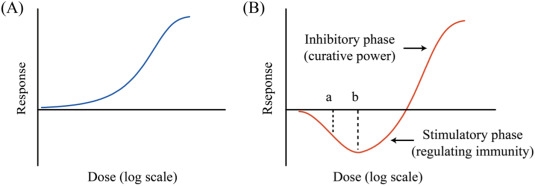Is the use of herbs in Traditional Chinese Medicine (TCM) scientific? The answer was given by a research team from the College of Environmental Science and Engineering of Tongji University: unlike the highly quantitative Western Medicine that achieves effectiveness by differing amounts of an administered medicine, the essence of TCM lies in the administration of a low(er) dose of different herbal medicines. For the first time,they posit that herbal medicines used in TCM treatments may act through hormetic dose-response mechanisms. It is proposed that the stimulatory (low dose) and inhibitory (high dose) components of the hormetic dose response correspond to respective “regulating” and “curing” aspects of TCM herbal treatments. In this way, hormesis is considered as being viable to explain and elicit putative mechanisms of TCM treatments.
On Nov. 8th, the research results achieved by a research team, led by Prof. LIN Zhifen from the State Key Laboratory of Pollution Control and Resource Reuse of Environmental Science and Engineering, Tongji University, were published online in the world’s leading academic pharmacology and toxicology journal ‘Pharmacology and Therapeutics.’ The paper is titled: ‘Hormesis as a Mechanistic Approach to Understanding Herbal Treatments in Traditional Chinese Medicine.’
‘Hormesis’ refers to the process in a cell or organism that exhibits a biphasic response to exposure to increasing amounts of a substance or condition. It is believed that though the toxic effects high-dosed chemicals have on organisms follow an S-shaped curve, one that displays inhibition effects, low-dosed chemicals often induce stimulation and enhance the growth of organisms.

Does-response curves
Paper link:https://www.sciencedirect.com/science/article/pii/S0163725817302632